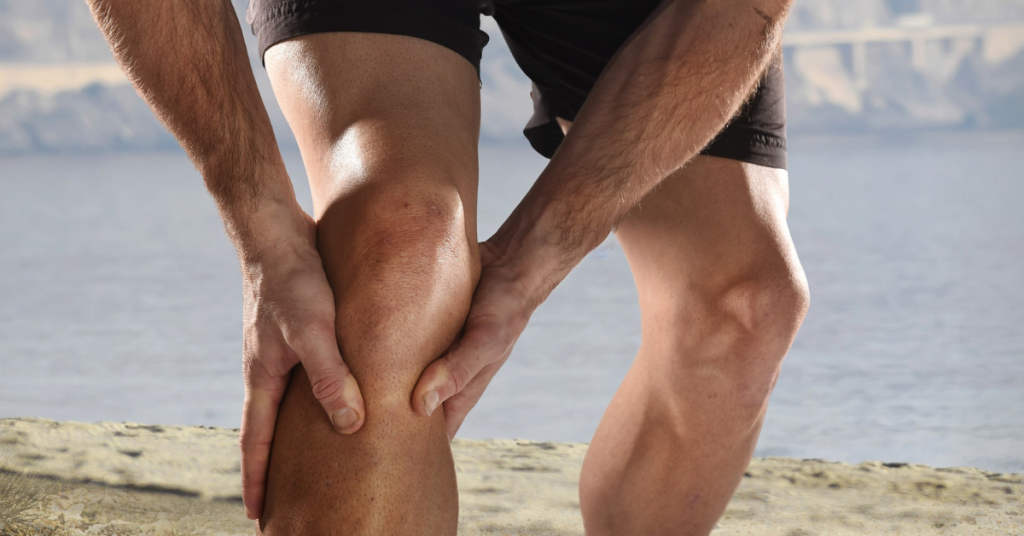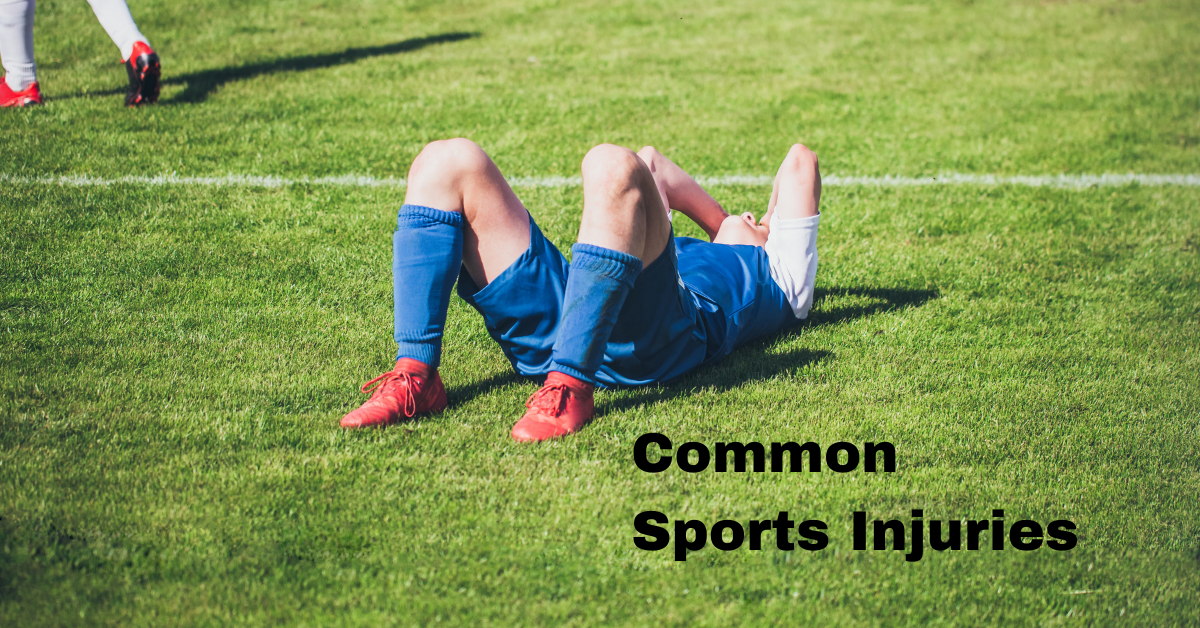In the Game: Common Sports Injuries Explained
Sports are an integral part of many people’s lives, offering not only physical activity but also camaraderie and competition. However, along with the benefits, sports also pose risks of injuries. Understanding these common sports injuries is crucial for athletes of all levels to prevent them and manage their recovery effectively.
Common Sports Injuries
1. Sprains and Strains
One of the most frequent types of injuries in sports are sprains and strains. Sprains occur when ligaments—the tough bands of tissue connecting bones at a joint—are stretched or torn. This often happens during sudden movements or impacts. For example, twisting an ankle or landing awkwardly after a jump can result in a sprain.
On the other hand, strains involve muscles or tendons being stretched or torn, often due to overuse or improper technique. These injuries can range from mild to severe, requiring rest, ice, compression, and elevation (RICE) for treatment.
2. Concussions
Concussions are traumatic brain injuries caused by a blow to the head or a sudden jolt to the body, leading to the brain moving rapidly within the skull. Sports like football, soccer, and rugby carry higher risks due to their physical nature.
Symptoms include headache, dizziness, confusion, and sensitivity to light or noise. Immediate medical attention is crucial to assess the severity and ensure proper recovery protocols are followed to prevent long-term complications.
3. Fractures
Fractures, or broken bones, are another common injury in sports, particularly in contact sports like football and hockey. They can result from falls, collisions, or direct impacts. Fractures vary in severity, from hairline cracks to complete breaks requiring surgical intervention.
Proper immobilization and rehabilitation are essential to ensure the bone heals correctly and the athlete can return to their sport safely.
4. Tendonitis
Tendonitis, or tendinopathy, is inflammation or irritation of a tendon, the thick fibrous cords that attach muscles to bones. Repetitive motions or overuse, common in sports like tennis, golf, and swimming, can lead to this condition.
Symptoms include pain, stiffness, and swelling in the affected area. Rest, ice, stretching exercises, and sometimes physical therapy are key to managing tendonitis and preventing its recurrence.
5. Knee Injuries

The knee is a complex joint vulnerable to various injuries, such as ACL (anterior cruciate ligament) tears, MCL (medial collateral ligament) injuries, and patellar tendonitis. These injuries often occur due to sudden stops or changes in direction, common in sports like basketball, soccer, and skiing.
Treatment ranges from conservative measures like RICE and physical therapy to surgical repair for more severe cases.
6. Shoulder Injuries
Shoulder injuries, such as rotator cuff tears, shoulder dislocations, and impingement syndrome, are common among athletes who engage in repetitive overhead activities like baseball, swimming, and volleyball.
Treatment often includes periods of rest, the use of anti-inflammatory medications, and specific exercises aimed at enhancing shoulder muscle strength and stability. In some cases, advanced therapies like Class IV laser treatments available in Lehi may also be utilized to promote faster recovery and alleviate pain associated with these injuries.
7. Overuse Injuries
Overuse injuries develop gradually over time due to repetitive stress on muscles, tendons, and bones without sufficient rest and recovery periods. They include conditions like a runner’s knee, Achilles tendonitis, and shin splints, affecting athletes in running, cycling, and dancing.
Prevention strategies focus on proper training techniques, adequate rest, and gradual increases in intensity to minimize the risk of overuse injuries.
Read More:
- Mastering Post-Surgery Pain Management for a Smooth Recovery
- Get Fit with Nobullswipe.com: A Comprehensive Guide to Success
Conclusion
Understanding common sports injuries is essential for athletes, coaches, and parents involved in sports activities. While injuries are often unavoidable, adopting preventive measures such as proper warm-ups, conditioning, and technique training can significantly reduce their occurrence.
Prompt and appropriate treatment is crucial for optimal recovery and to minimize the long-term impact on an athlete’s performance and well-being. By staying informed and proactive, athletes can continue enjoying their sports safely and effectively manage injuries when they do occur.







